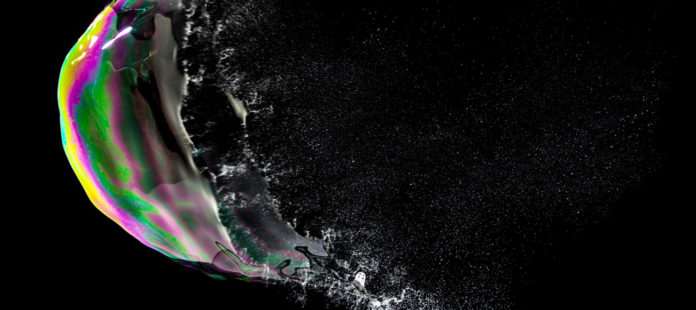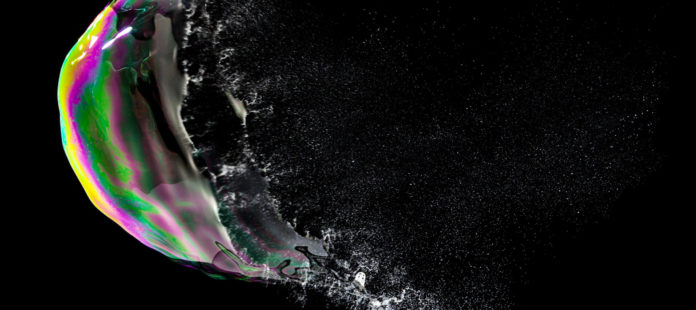So far, the 21st Century has seen one B.S. bubble after another.
Even worse, these bubbles have inflated beyond any recognizable or manageable form. They’ve morphed into monsters, seemingly with minds and wills of their own.
There are, at the least, two forces at play here: central banks (the crack dealers)… and cycles. Let’s continue our discussion of the most important cycle that will impact us next year, particularly in the last half…
The steam engine and factory cycles built on the scientific revolution cycle before it, and peaked around 1830.

Then there was a new bubble in canals, which opened the Midwest to the Atlantic, especially Chicago, and created the great Midwest migration that, in turn, sent real estate and stocks booming into 1836 with Uncle Sam financing it with cheap money and easy loans.
What a crash that followed! The first great reset.
Chicago had the greatest real estate crash for a major city in U.S. history after seeing the most extreme bubble ever. That 1836 bubble was just the icing on the cake before the next great reset and depression from 1837 into 1843.
The railroad cycle built on the steamship cycle with steamships first greatly advancing north-south transportation and transatlantic, and then railroads more east-west and transcontinental movement.
The railroad boom did indeed peak in 1920, but there was an early auto bubble that peaked in 1929, even though urban households only had one car each in that first stage when we were, at best, 50% urban.
The 1929 to 1932 great reset followed and was the most extreme in history – an 89% stock crash.
At that peak we had a rare direct convergence of the Generational Spending Wave, the Geopolitical Cycle, and the Innovation Cycle on a nine-year final bubble lag. That’s why it was so extreme and concentrated.
By 1965 there were two cars for each household, including suburban and rural – or four times the magnitude.













Leave A Comment